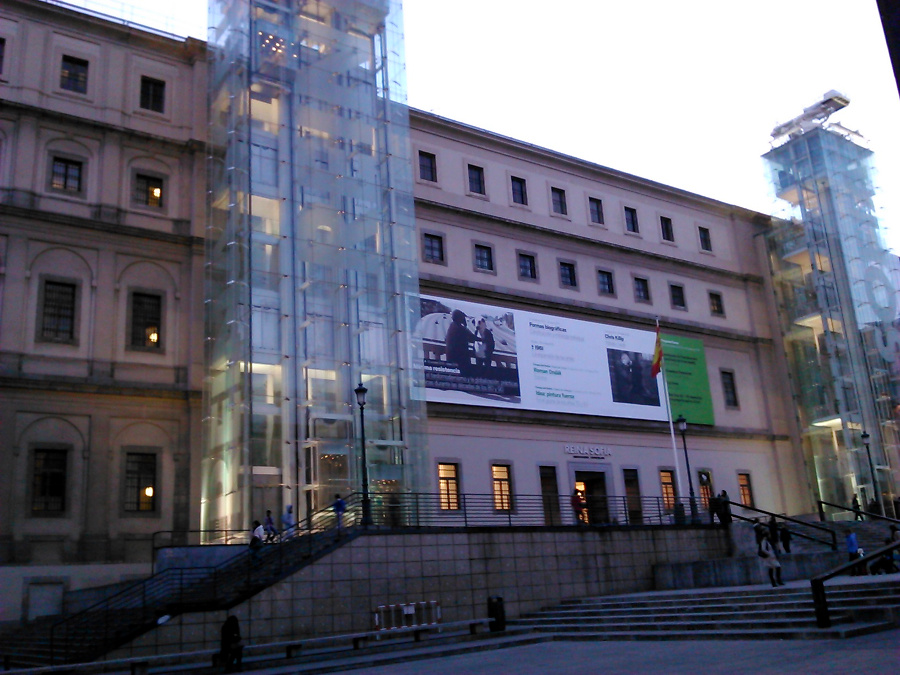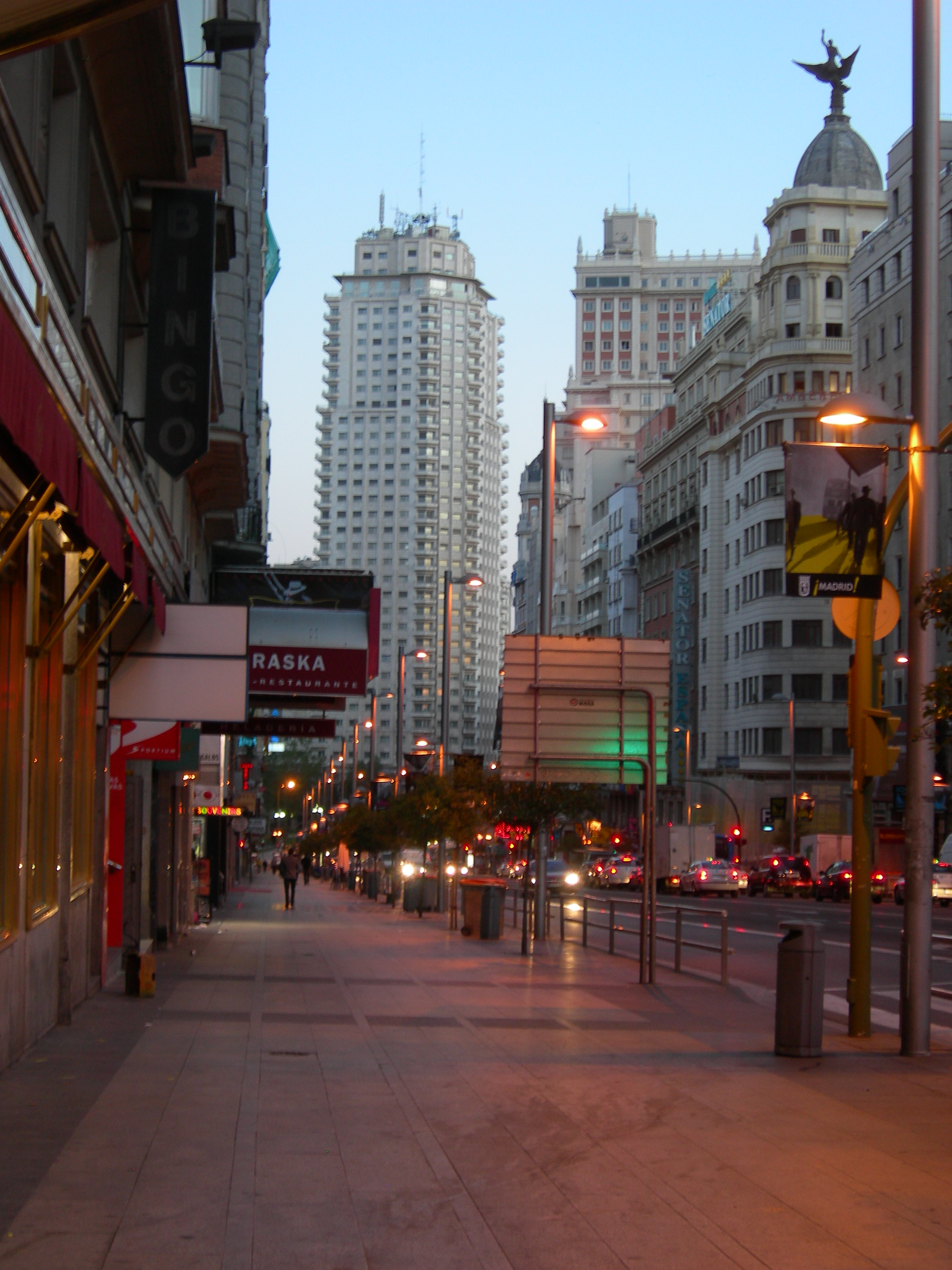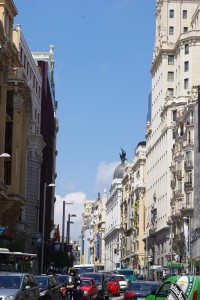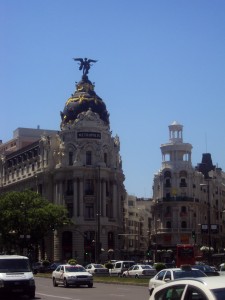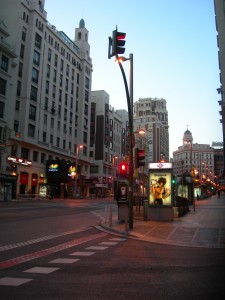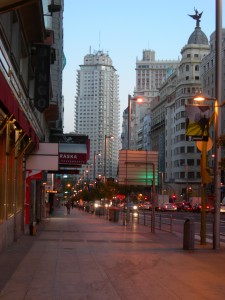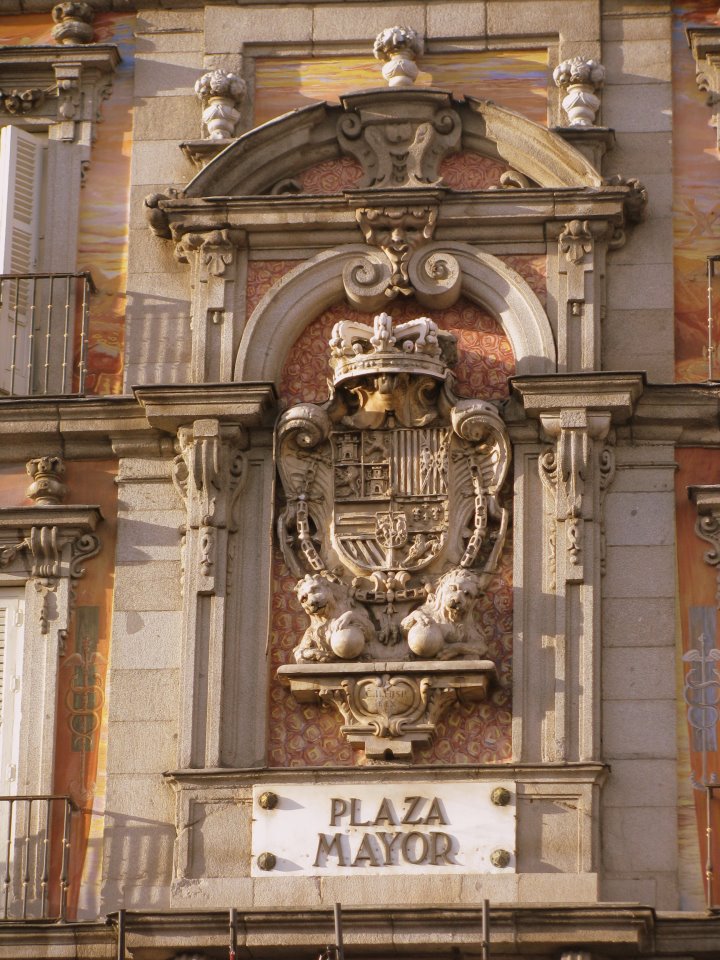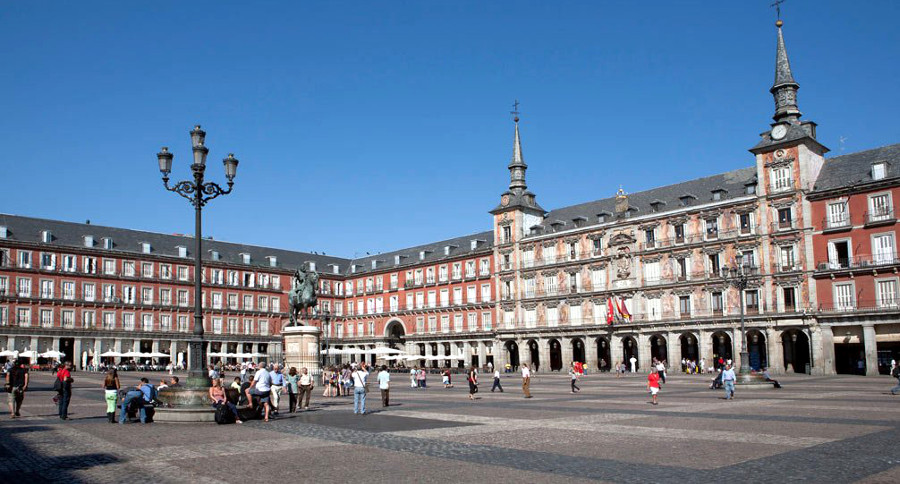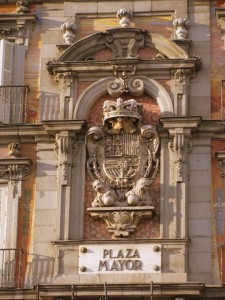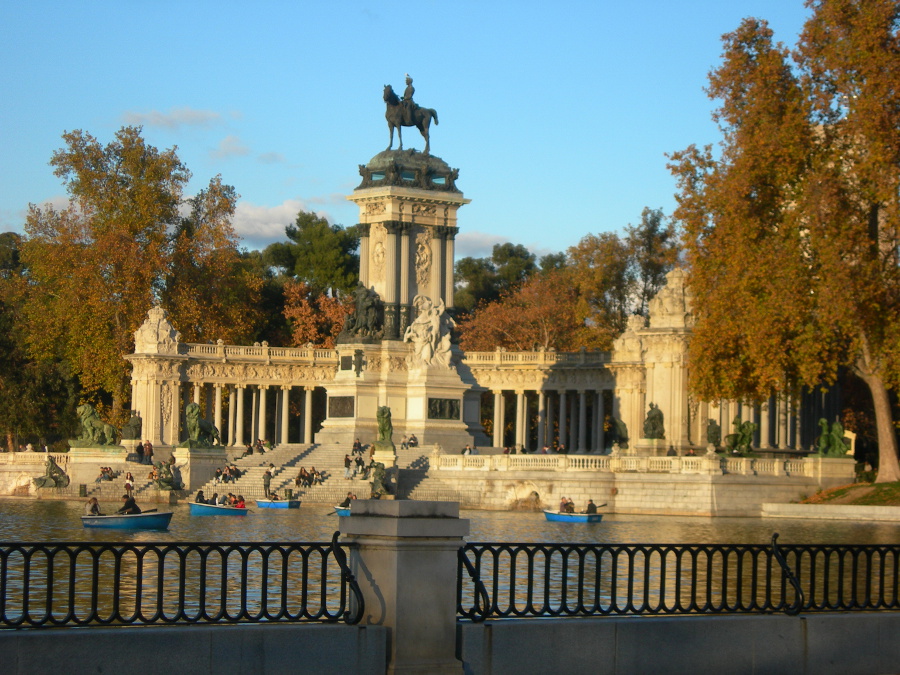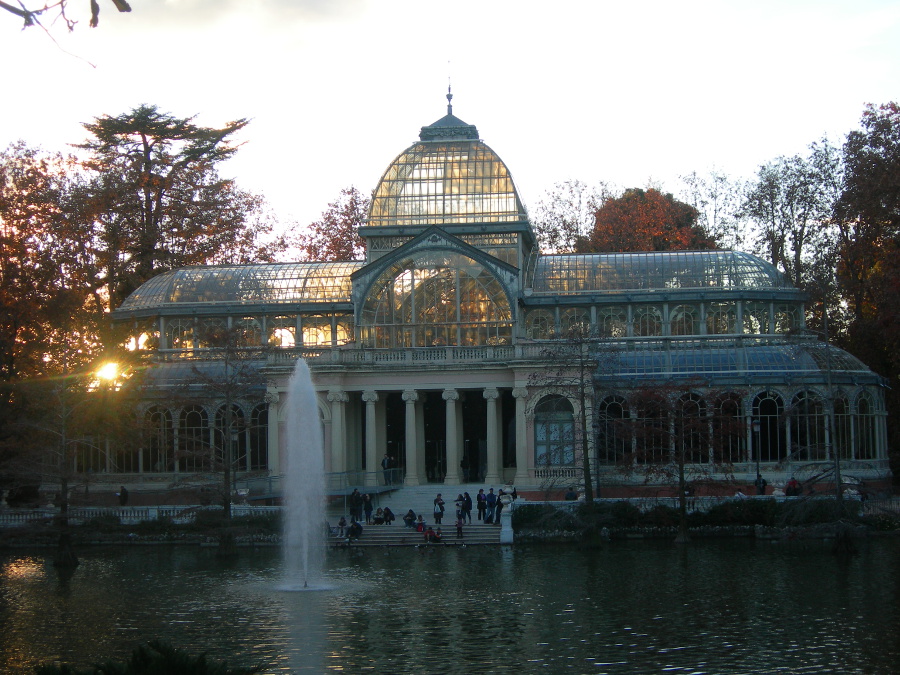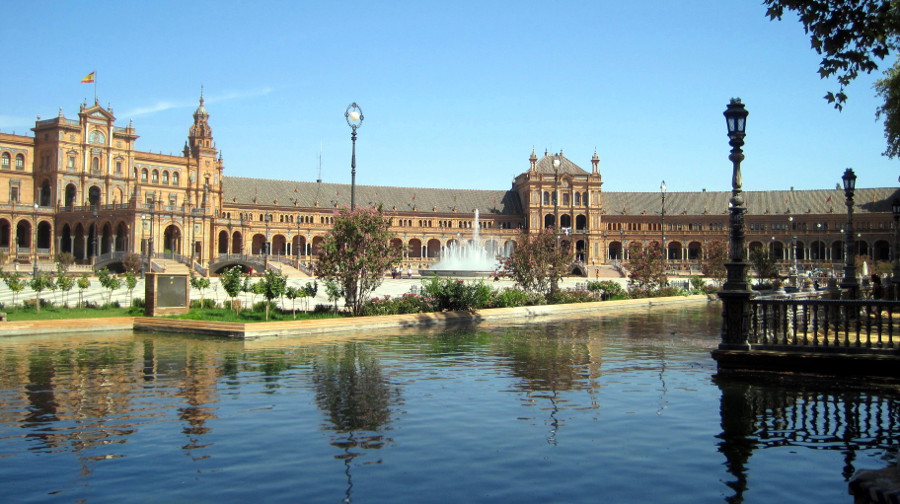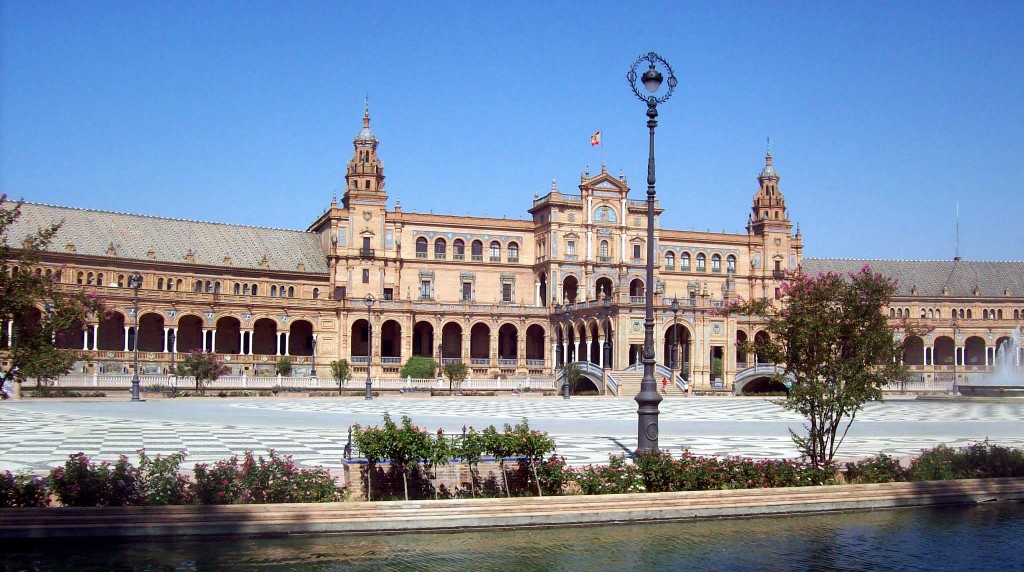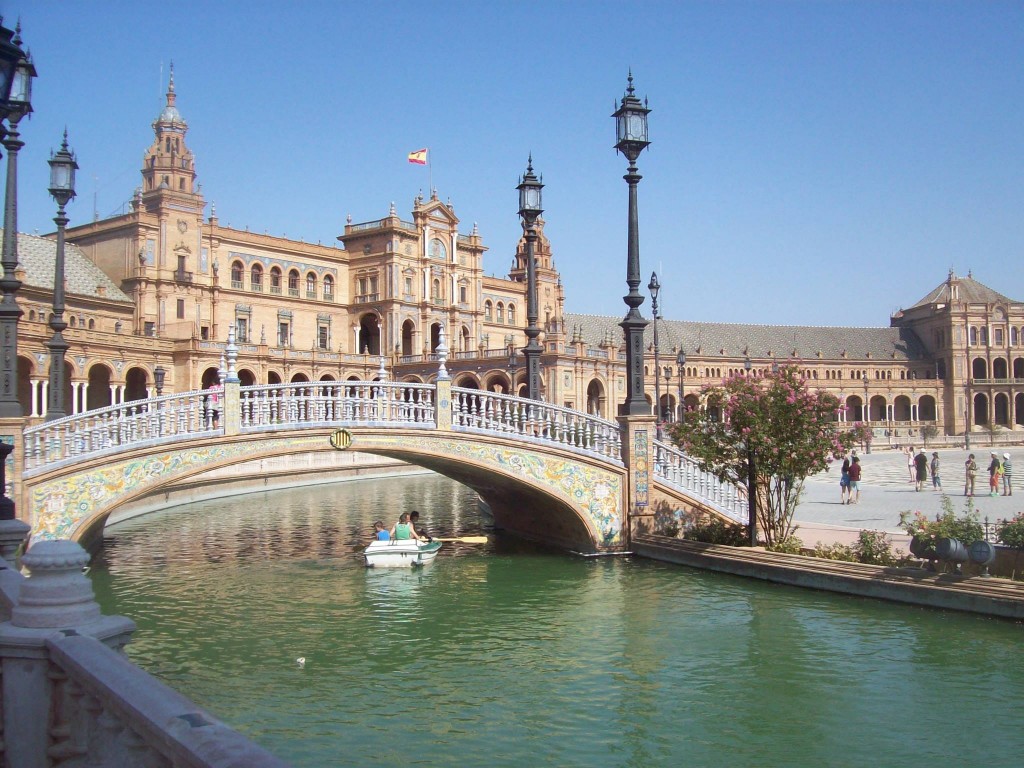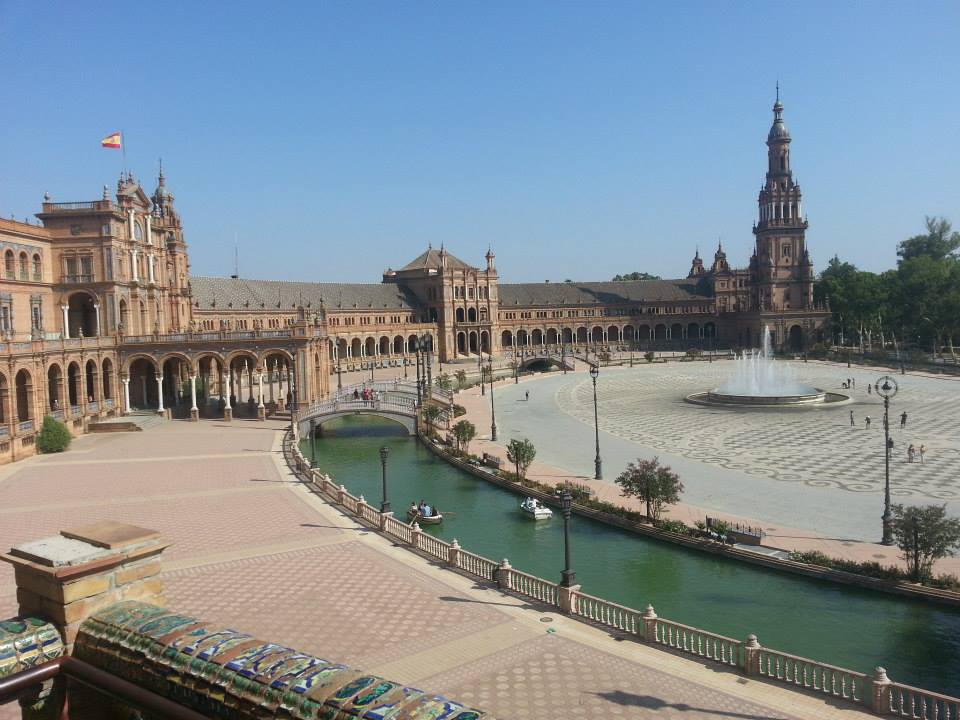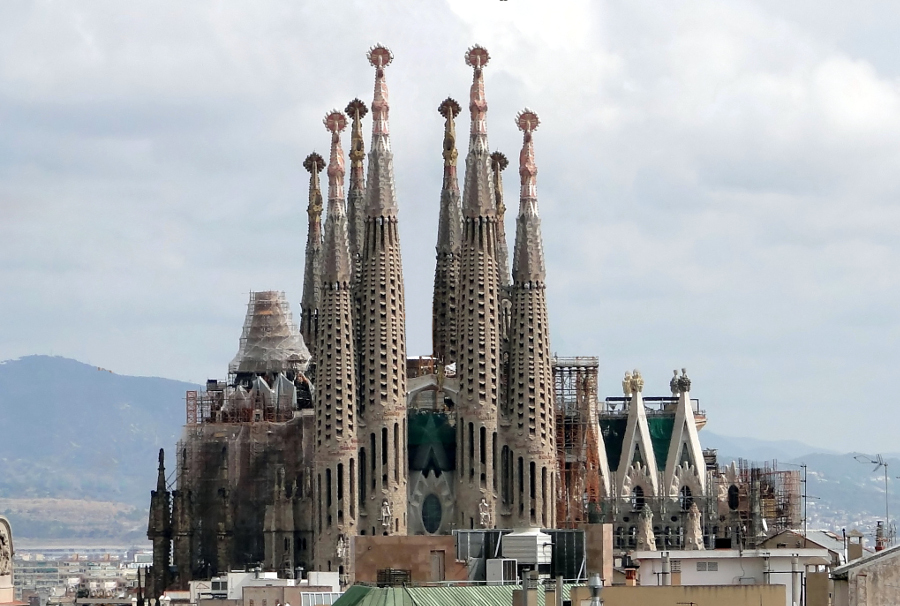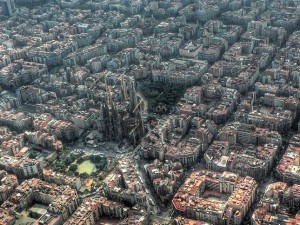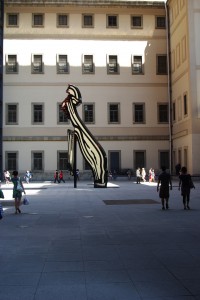 This art gallery forms part of the “Madrid’s triangle”, next to Prado Museum and Museum of Thyseen-Bornemisza. These three art galleries are must-see places in Madrid. Each of them is full of masterpieces of art. This museum is dedicated to the modern art, mostly of the 20th century.
This art gallery forms part of the “Madrid’s triangle”, next to Prado Museum and Museum of Thyseen-Bornemisza. These three art galleries are must-see places in Madrid. Each of them is full of masterpieces of art. This museum is dedicated to the modern art, mostly of the 20th century.
You can find there works of Salvador Dali, Joan Miró, Jorge de Oteiza and Picasso. His painting – “Guernica” is the most popular in the art center. This big painting – 3 meters wide and 7 meters long is always in the center of attention of the visitors. Apart from constant exhibition, there are always two or three temporary exhibitions.
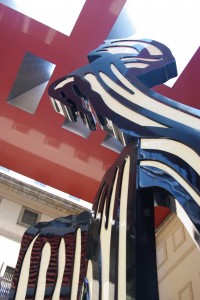 The building of the museum itself is very interesting and modern. It has a terrace on the top floor from which you can admire the beautiful view of the city. If you like the contemporary art, this museum is perfect for you. What is the best about this art gallery is the fact that you can visit it for free most days of the week from 19.00 to 21.00 and on Sunday from 15.00 to 19.00
The building of the museum itself is very interesting and modern. It has a terrace on the top floor from which you can admire the beautiful view of the city. If you like the contemporary art, this museum is perfect for you. What is the best about this art gallery is the fact that you can visit it for free most days of the week from 19.00 to 21.00 and on Sunday from 15.00 to 19.00
For more information, read our One-week tour in Madrid.
What to visit near Museo Reina Sofía
– Prado, Tyssen, Caixaforum and other museums: All of these museums are in the city center, not far away from Cibeles. Although we know that it’s impossible to visit all of them on one day, we recommend you to visit Prado and Reina Sofia, wich are two of the best museums in the world (notice that you will need about 4hours to visit each one).
– Cibeles: In Cibeles Square you will see the famous Cibeles fountain and some important buildings, like Cibeles Palace (Palacio de Comunicaciones), the headquarters of the Madrid city council.
– Gran Via: The most famous avenue of Madrid. It has a lot of theaters, coffee and ice cream shops. You can arrive there in 3 minutes from Puerta del Sol going on foot.
– Puerta del Sol: Puerta del Sol (which means “Sun Gate”) is the name of the most famous square in Madrid. This emblematic place is one of the reference points more used in the city, and many citizens are used to dating with other people from this point.
– Retiro Park (Parque del Retiro): This is the most visited park of Madrid. It has a lake with boats in its center, so you can rent a boat for few money. Besides, you also can visit the Crystal Palace, the Statue Walk and many more interesting places.
– Atocha train station: This station is not abroad from Retiro Park (it’s about 5minutes walking), and it is the most used train and metro stations of Madrid, so if you have to travel by train, probably you will have to go there.
– Neptuno Fountain: This fountain is placed in Cánovas del Castillo Saquare. Since Cibeles Fountain is used by the supporters or Real Madrid football team, this another fountain is used by the Altetico de Madrid football team’ supporters to celebrate its triumphs.
